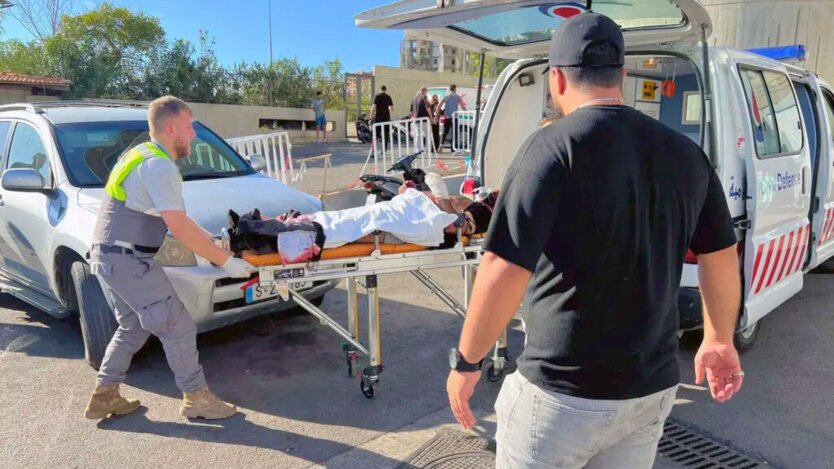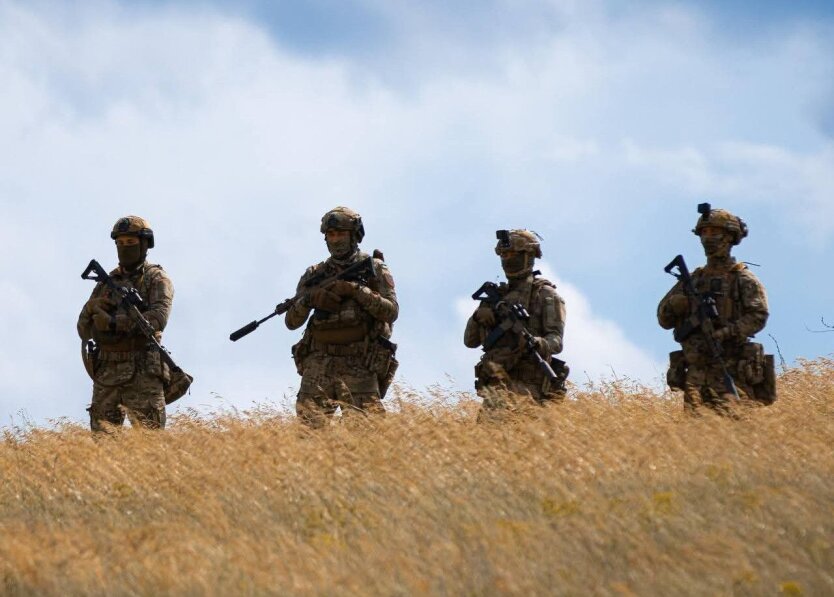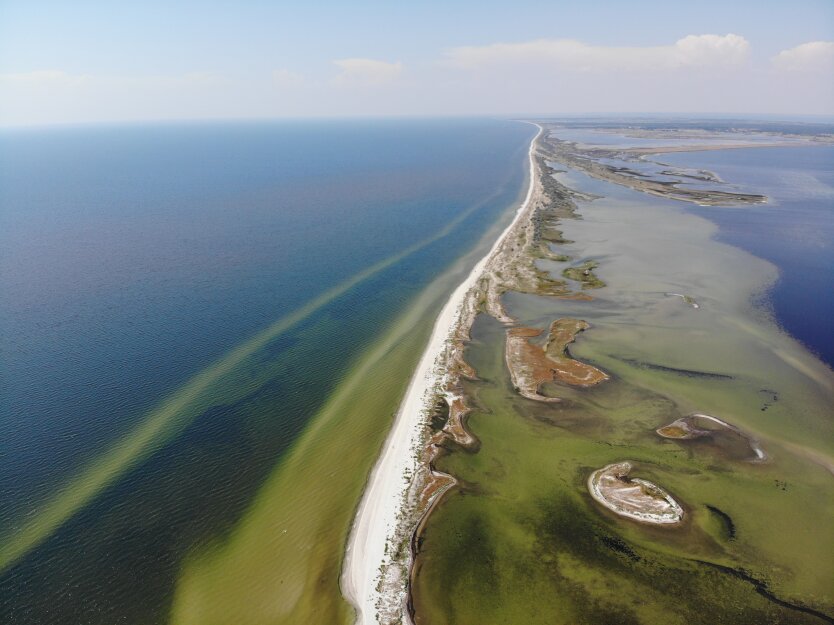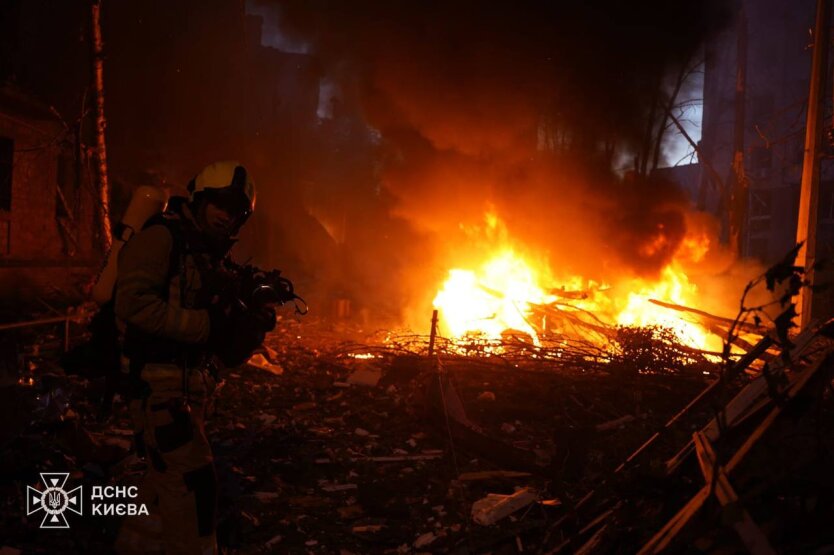Explosions of Hezbollah Members' Pagers in Lebanon: 8 Dead, Over 2700 Injured.


A series of coordinated pager explosions in Lebanon has resulted in the deaths of at least 8 people and injuries to over 2700 others.
This was reported by Lebanon's Minister of Health Firas Abiadh.
BREAKING: Israel injures hundreds of Hezbollah operatives by hacking their pagers and making them explode. Most likely, they made the lithium batteries overheat. There are many videos and pictures of the attack circulating online. Via @TreyYingst pic.twitter.com/CnQoW0yp6b
— Visegrád 24 (@visegrad24) September 17, 2024
According to Abiadh, about 200 of the injured are in serious condition. Among the dead is an 8-year-old girl. Many of the injured have facial injuries, especially to the eyes, as well as to the hands and abdomen.
The explosions occurred in various parts of the country, including the capital Beirut, southern and eastern Lebanon. Witnesses reported smoke emanating from people's pockets, followed by small explosions similar to fireworks or gunshots.
Hezbollah stated that the pagers belonging to its members exploded and blamed Israel for the attack. Israeli military officials declined to comment on the situation.
Lebanon's Prime Minister Najib Mikati called the incident a "criminal Israeli aggression" and a "serious violation of Lebanon's sovereignty".
The day before, Israeli leadership had warned of a possible escalation of its military campaign against Hezbollah. Experts believe this attack could be part of the 11-month conflict between Israel and Hezbollah that began in October of last year.
Read also
- Dead Zone Forces Russians to Attack in Small Groups
- Russians fear Ukrainian landing on Kinburn and Tendrivske Spits - Defense Forces
- The enemy attacked Kyiv with drones and missiles: the consequences of the 'strikes'
- Operation Under Cover: CNN Learned How Trump Prepared Strikes on Iran
- Trump sent Kellogg to Lukashenko to resolve the 'Ukrainian issue': NYT revealed the details
- Iran is ready to cut off oil to the whole world after US strikes: what we know










